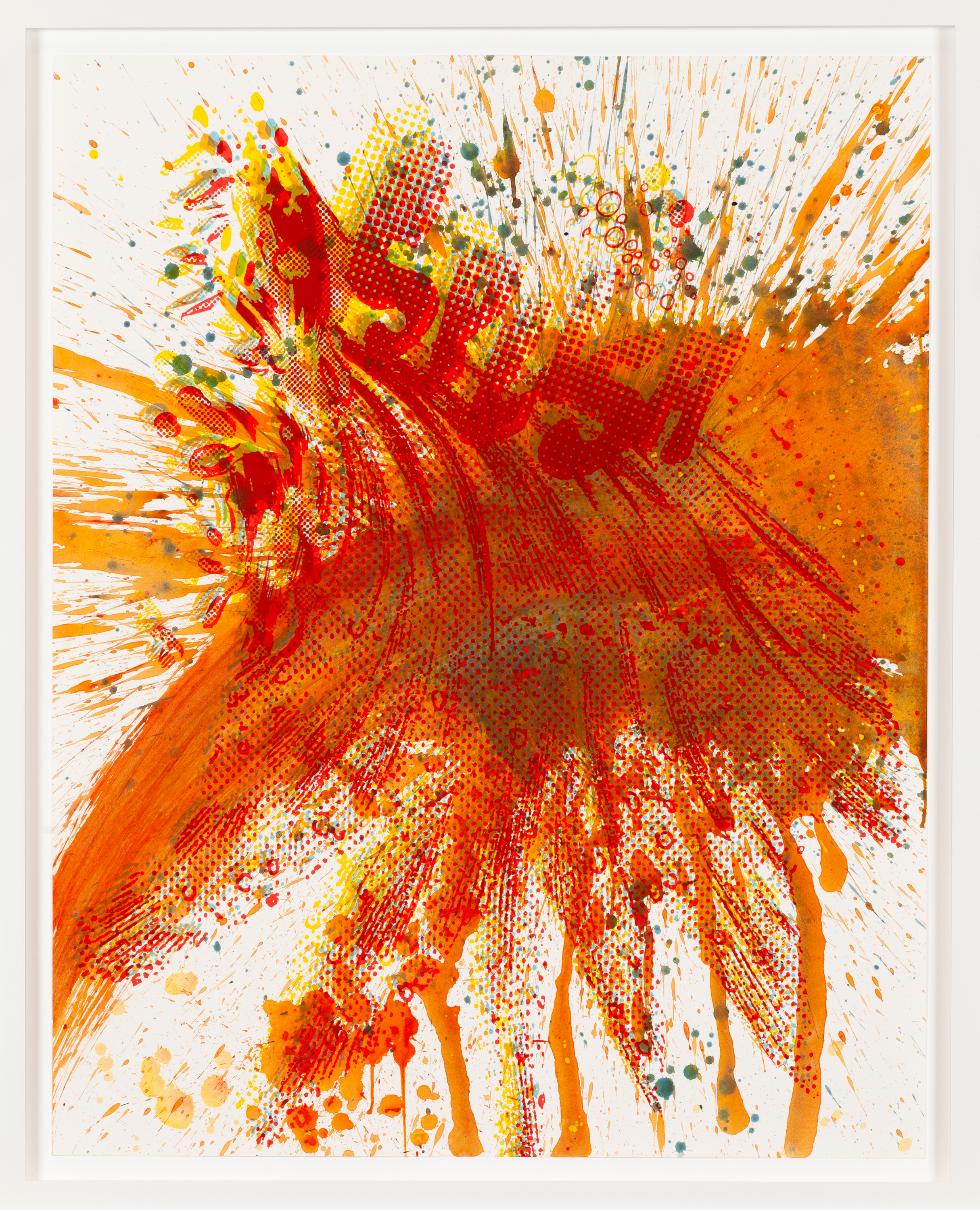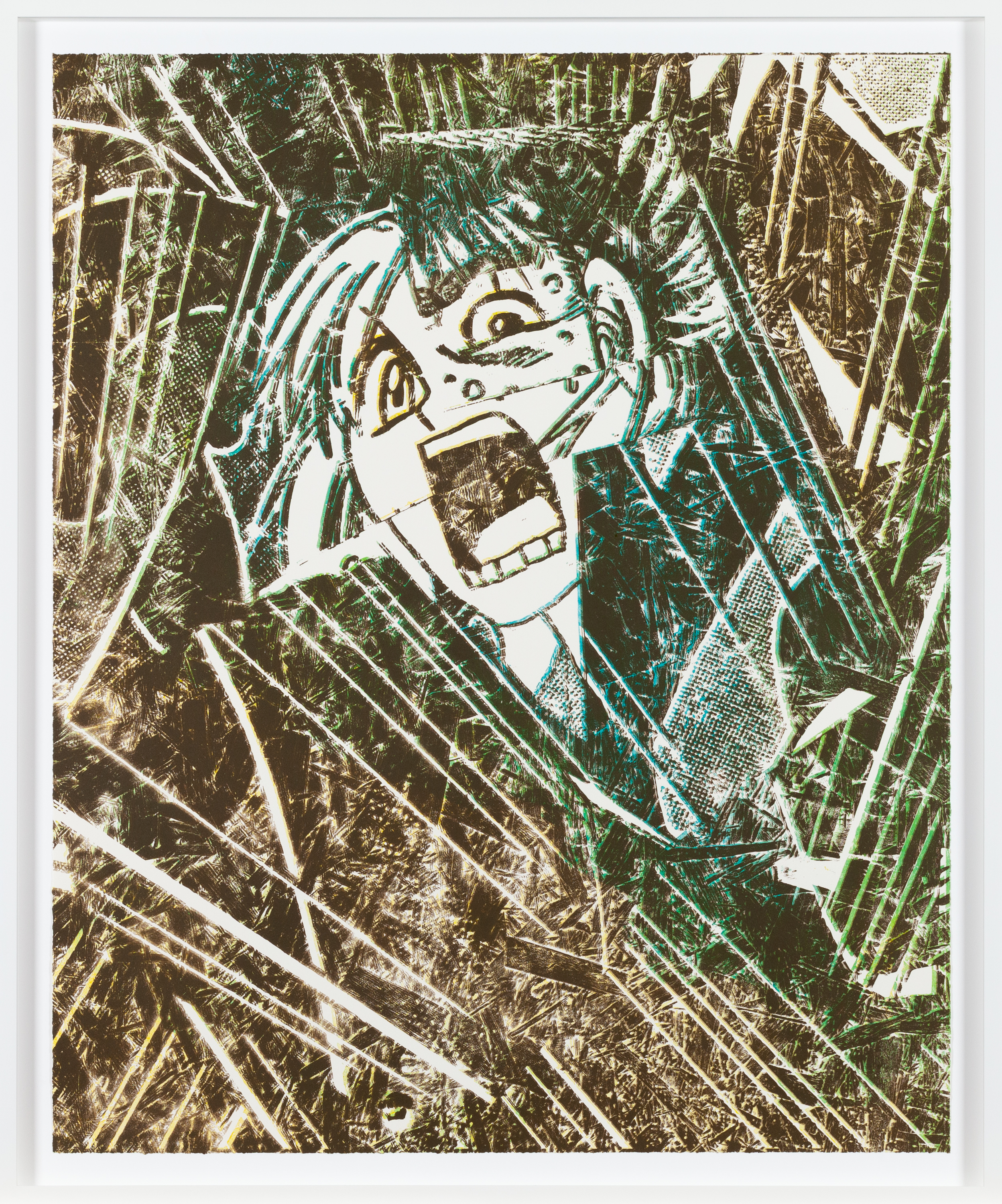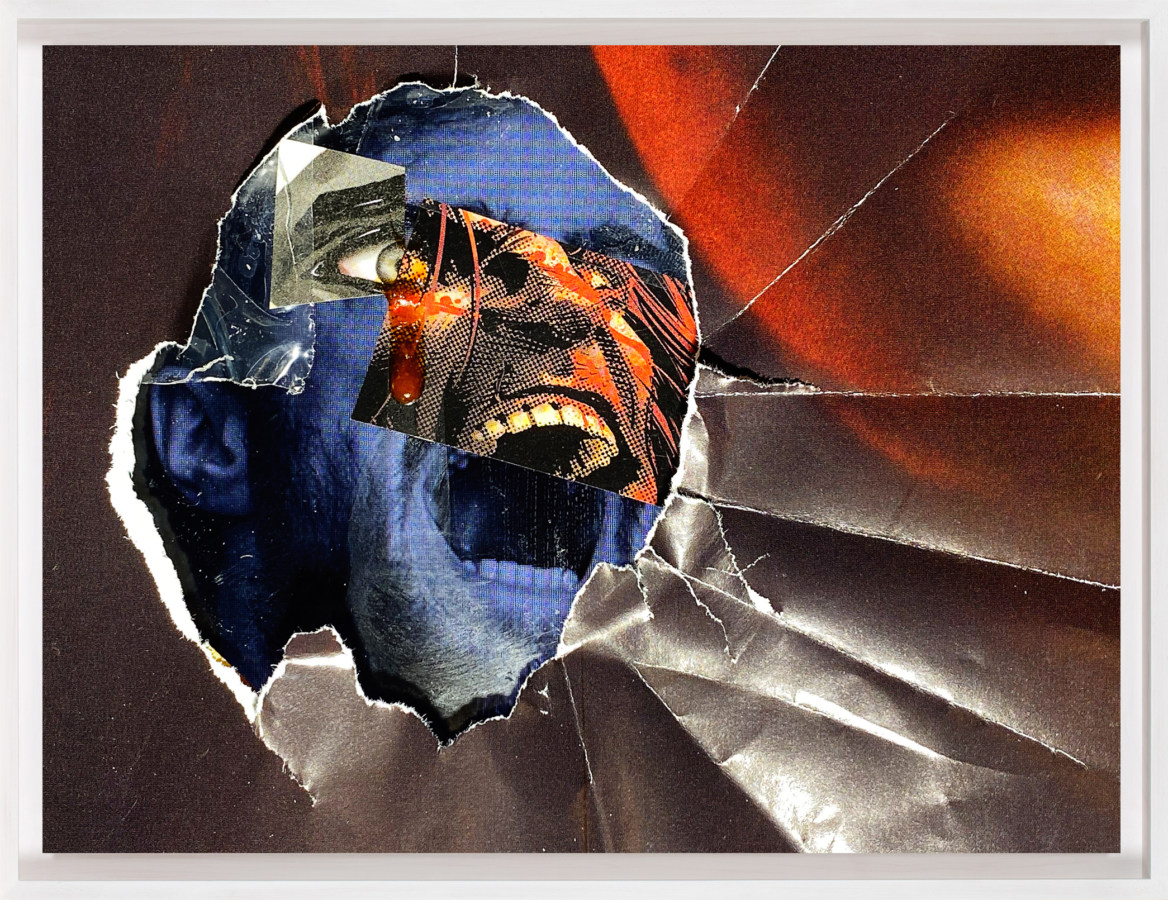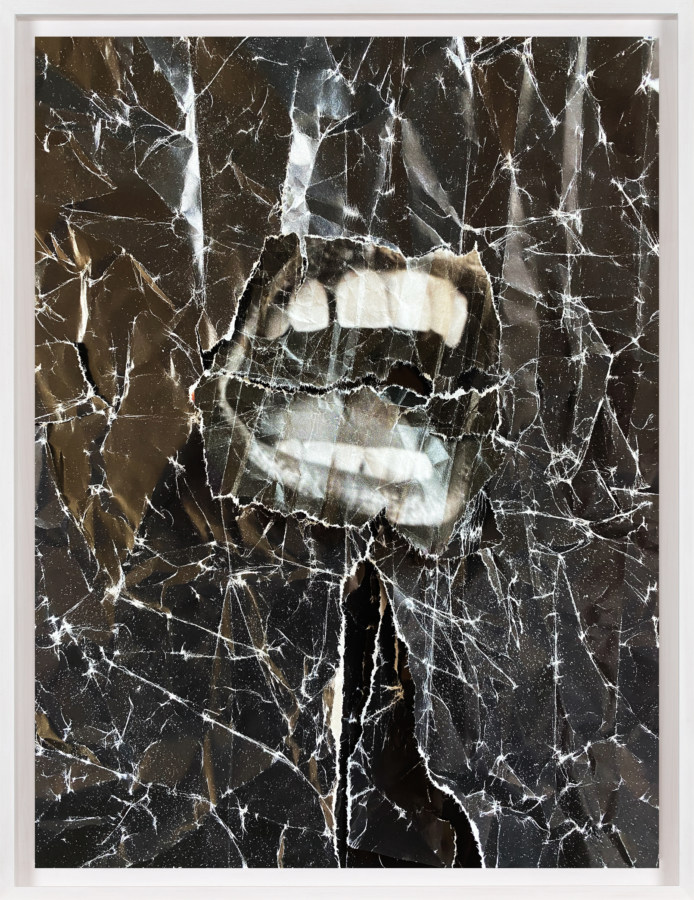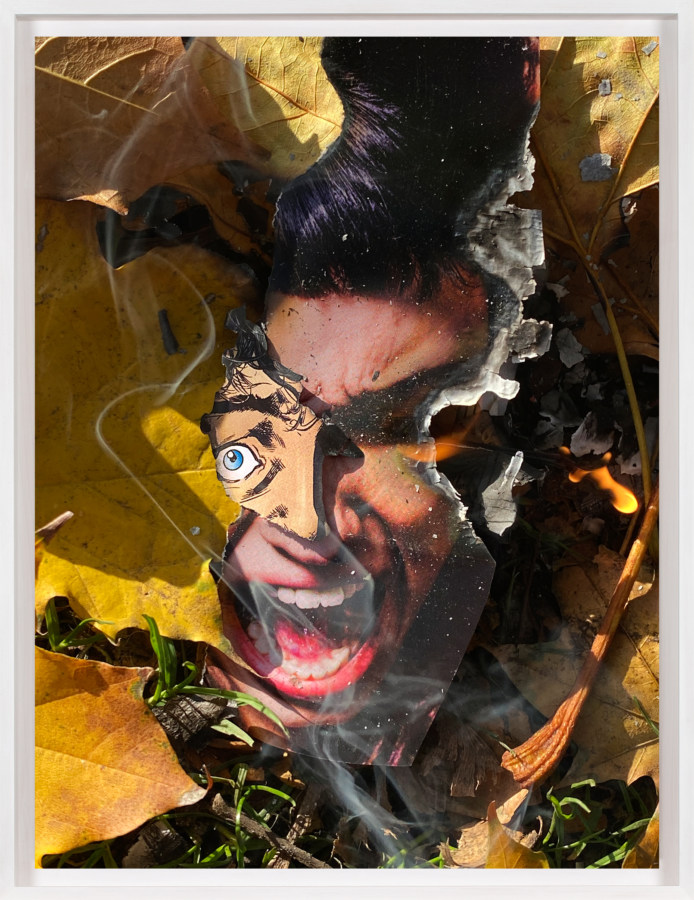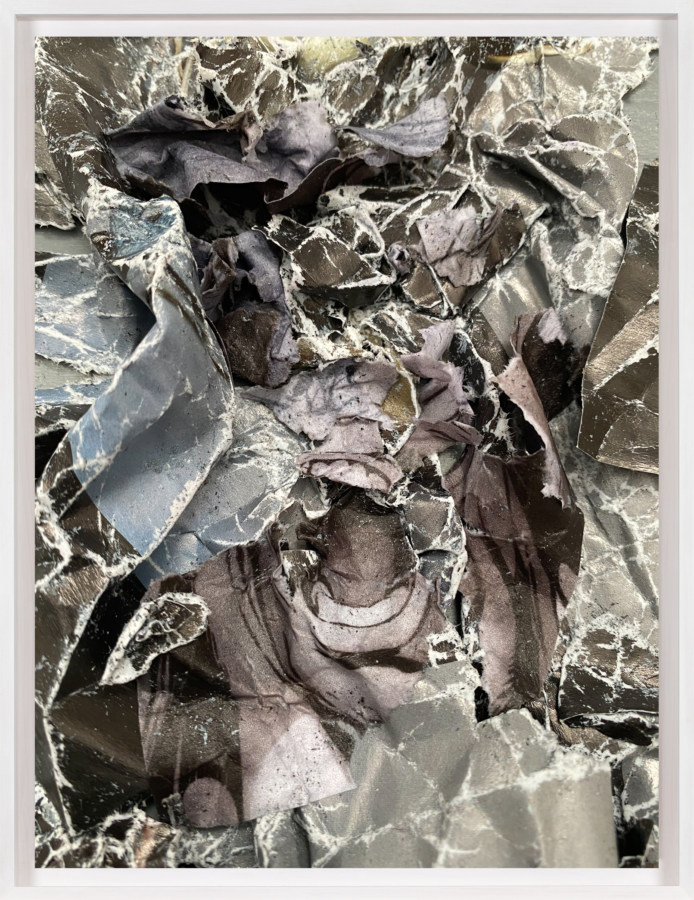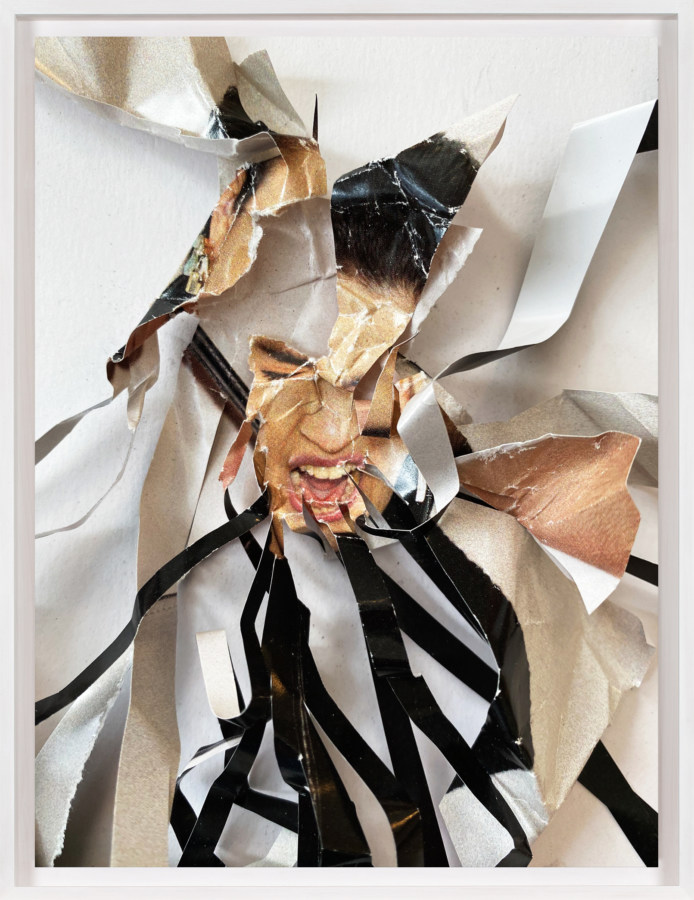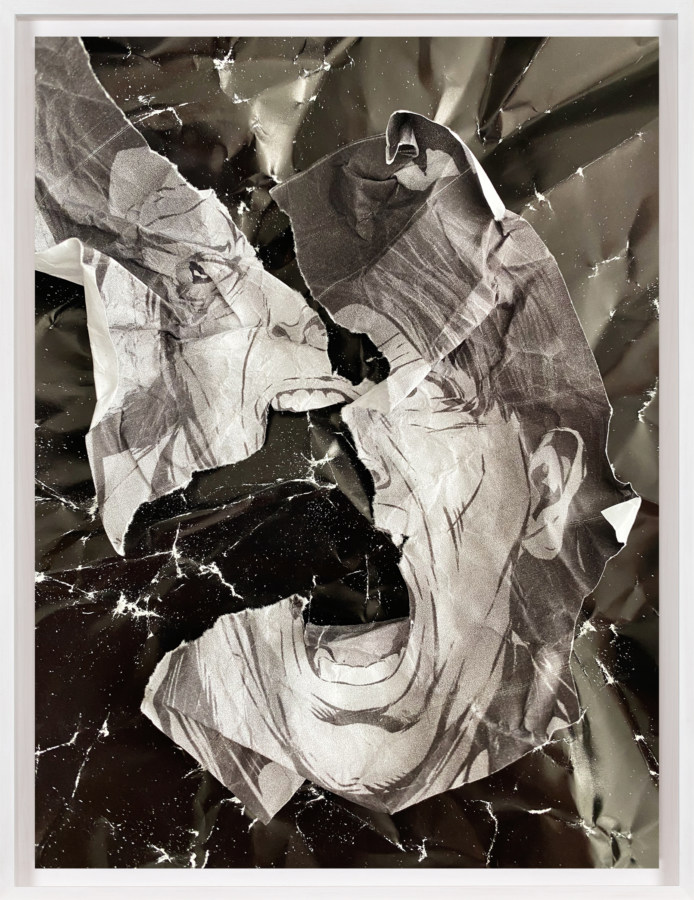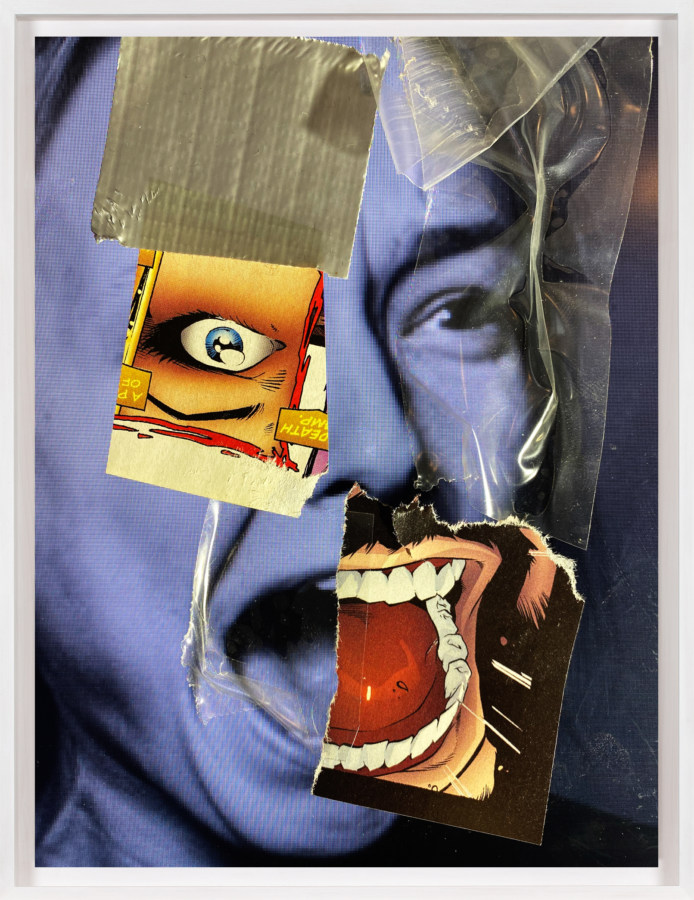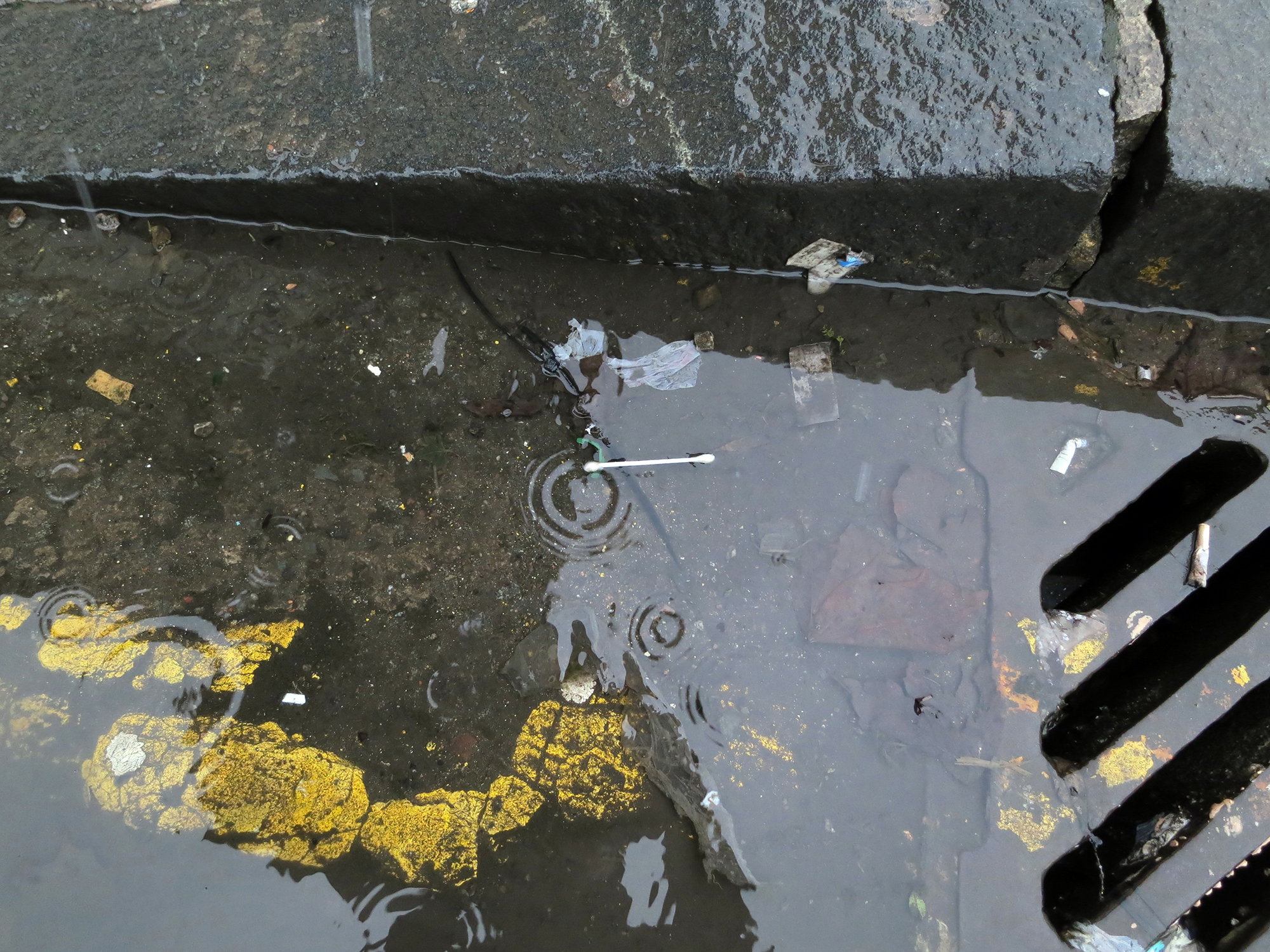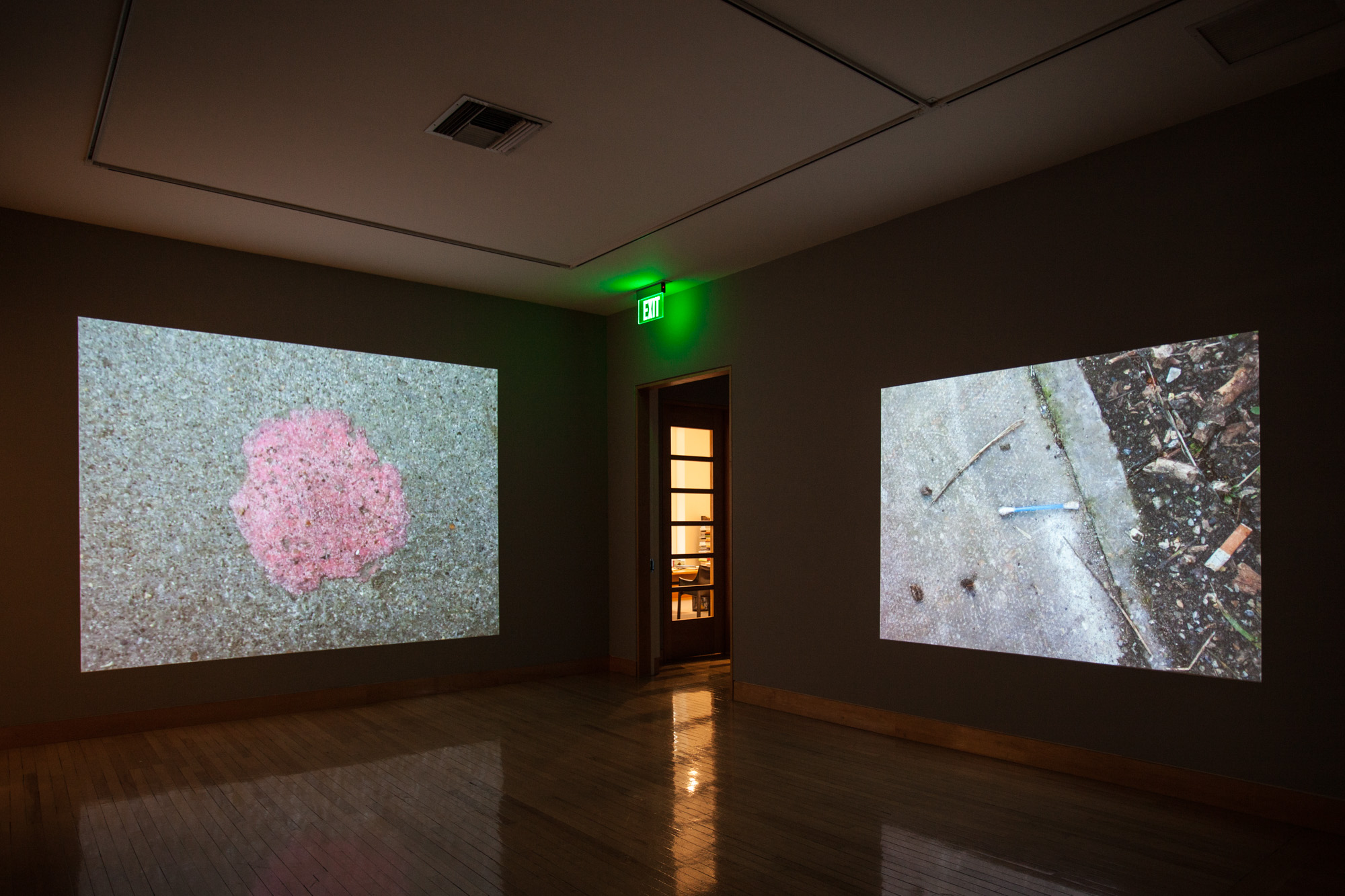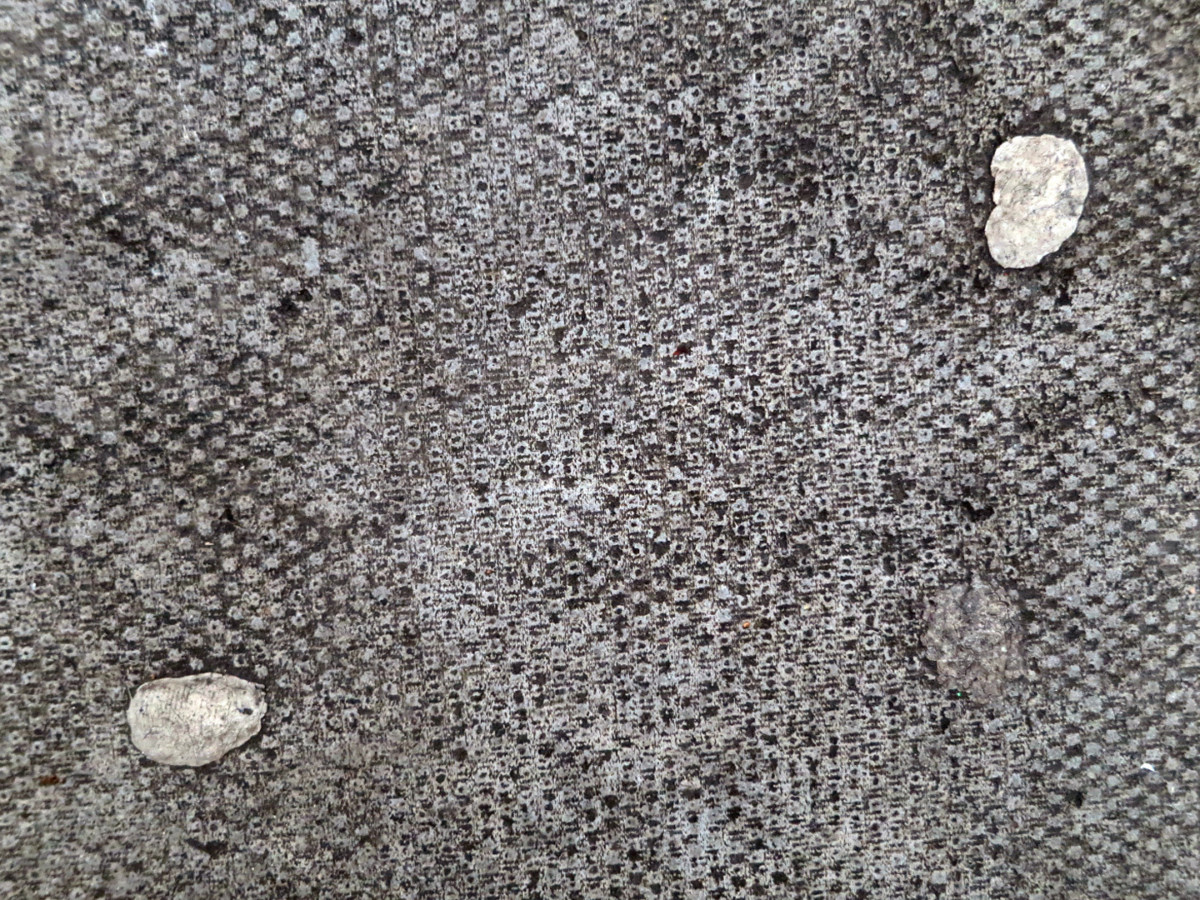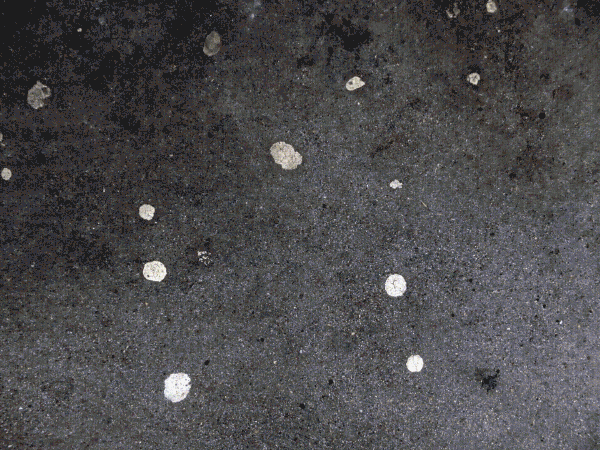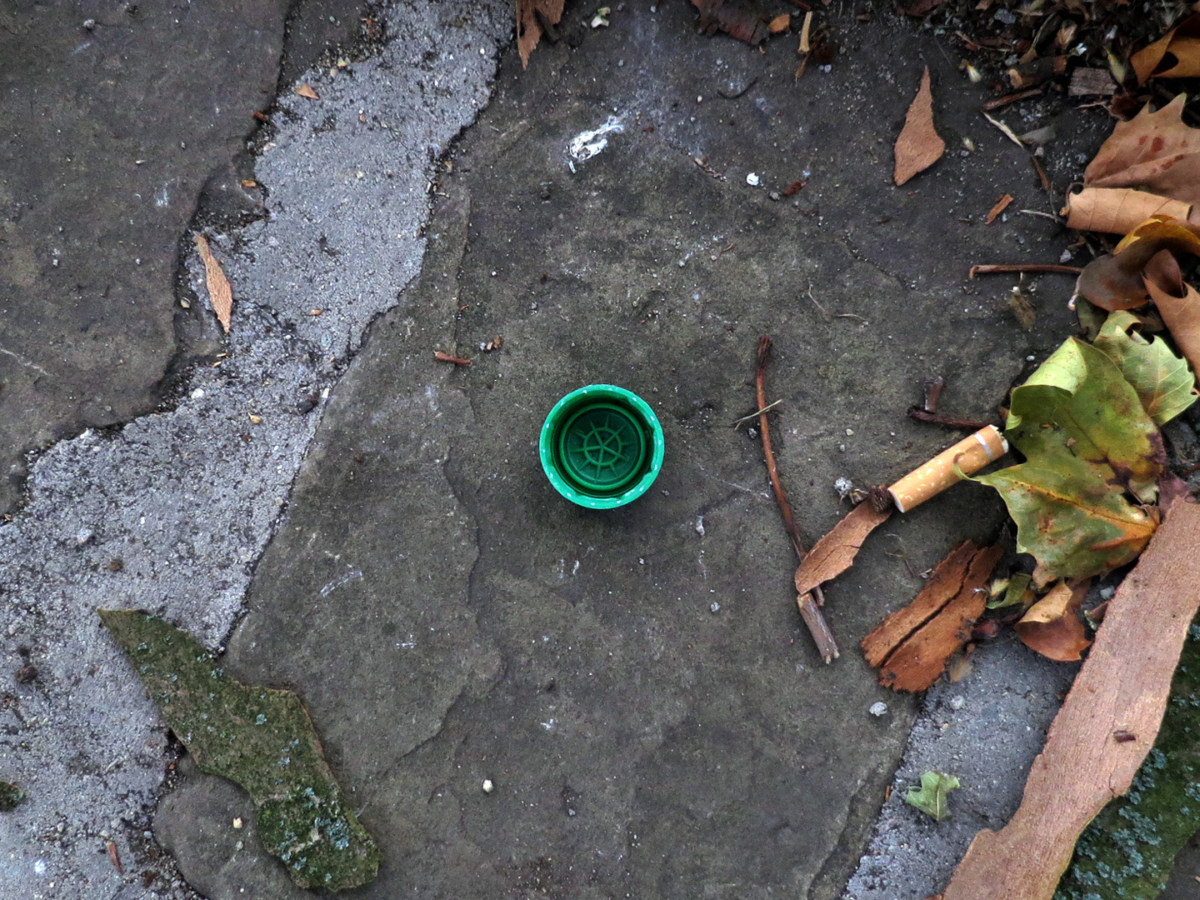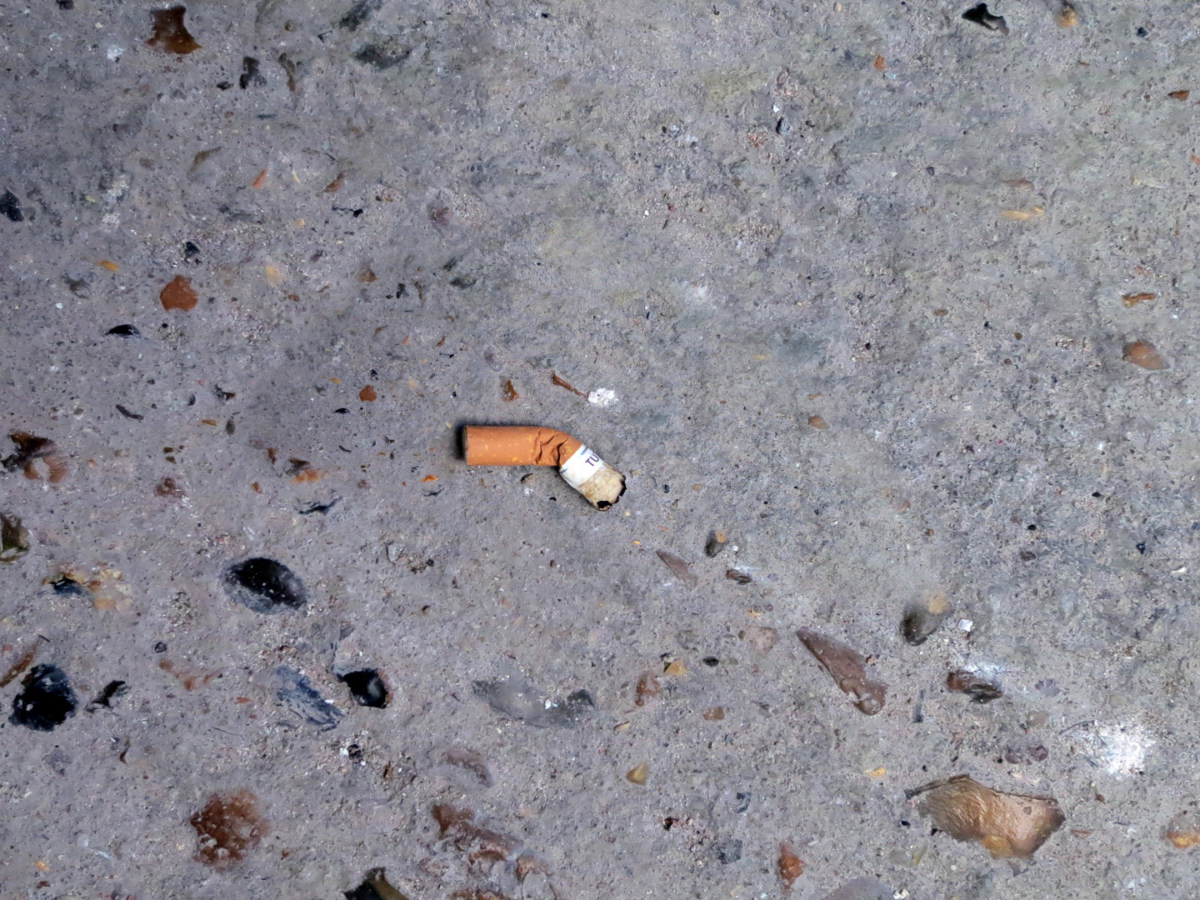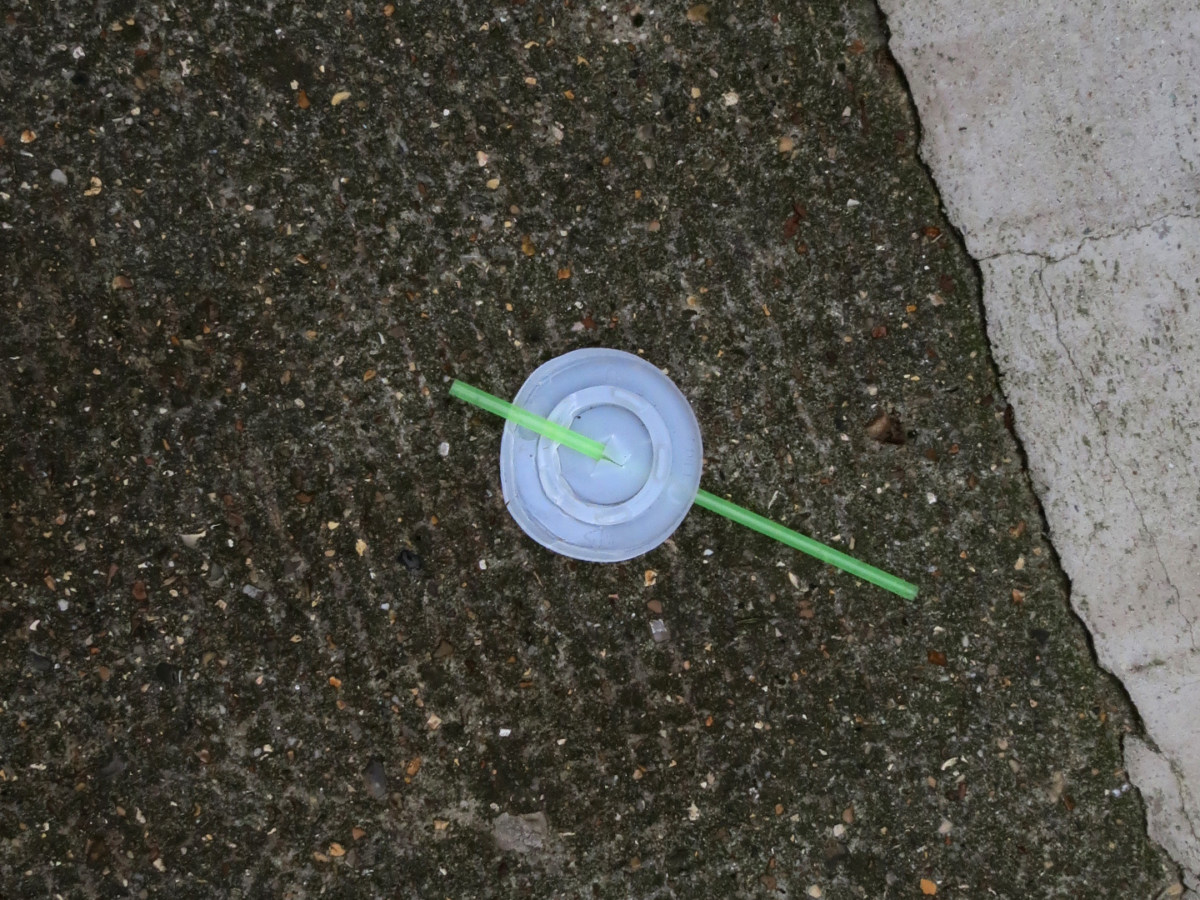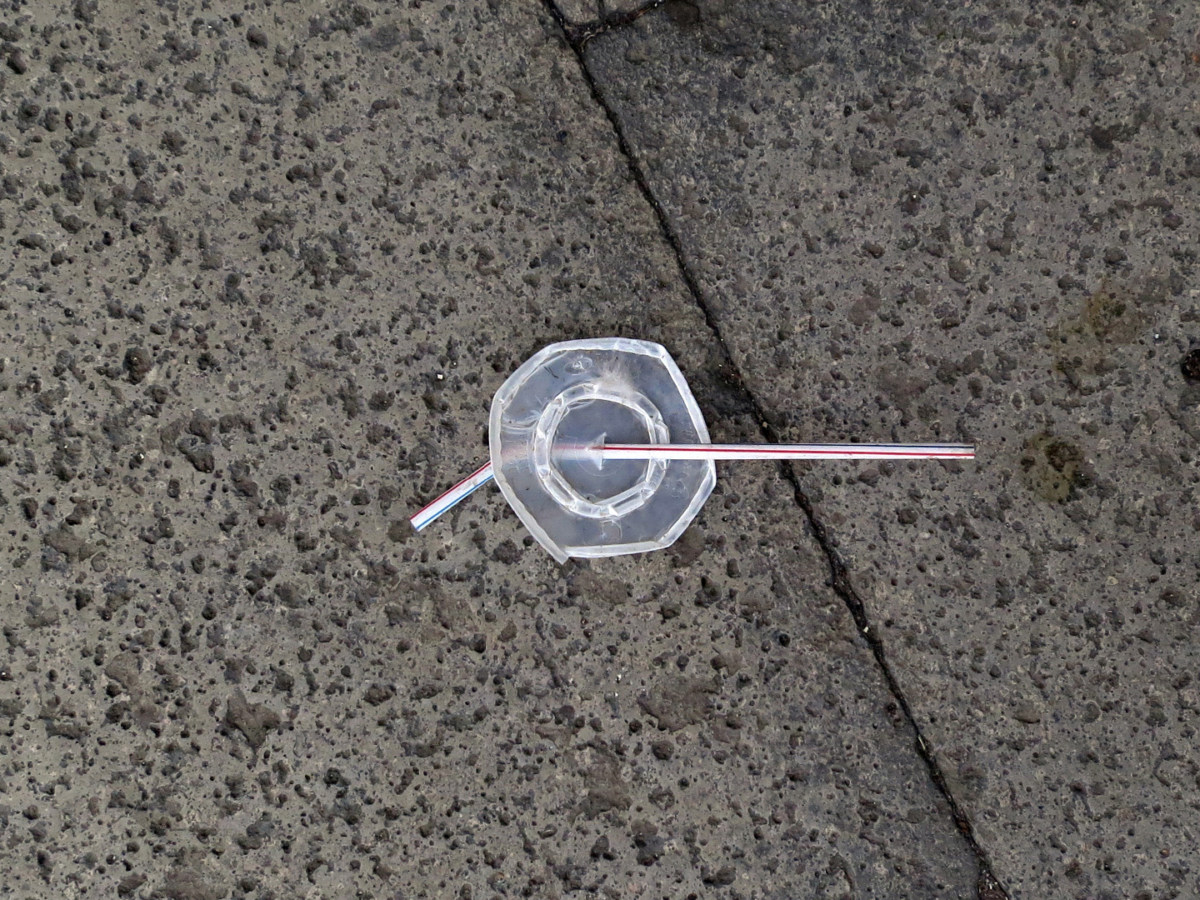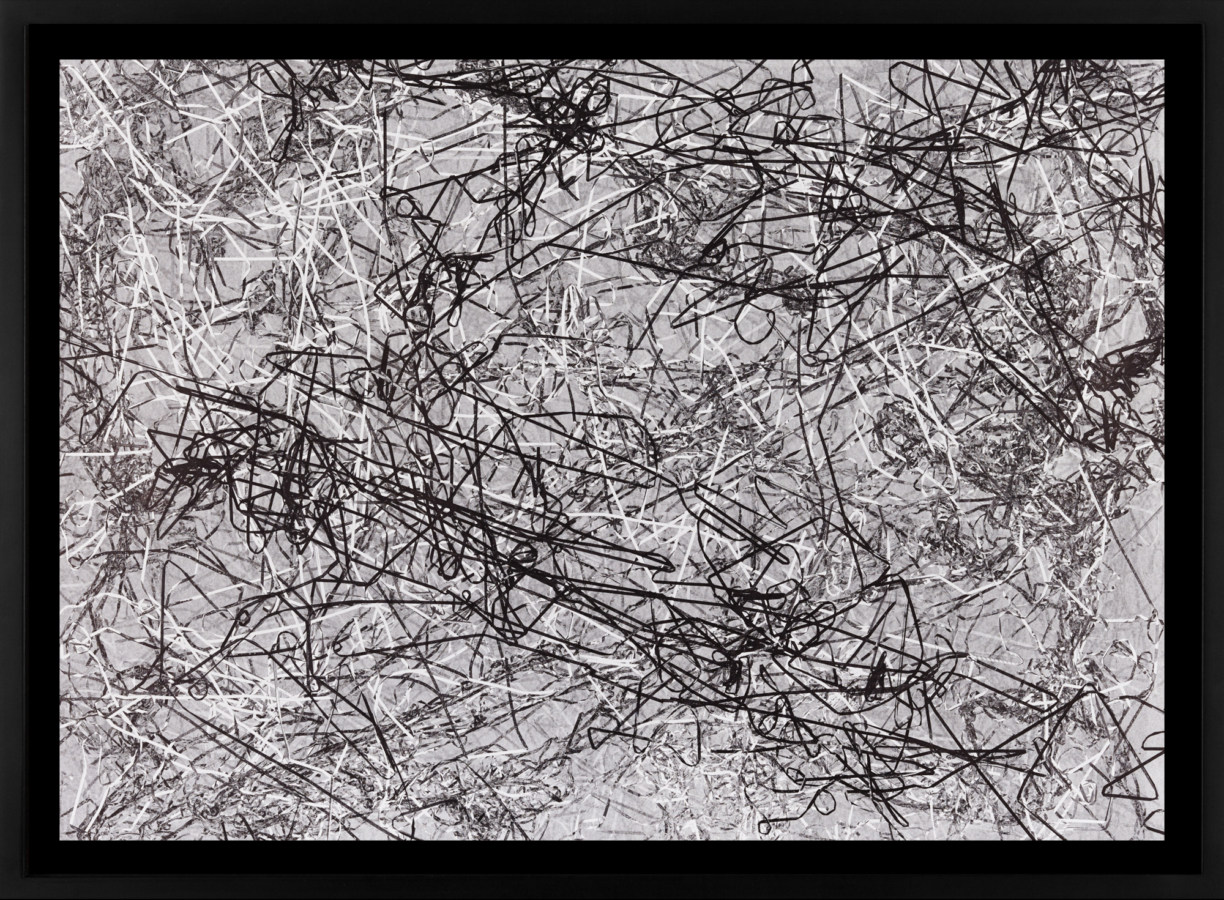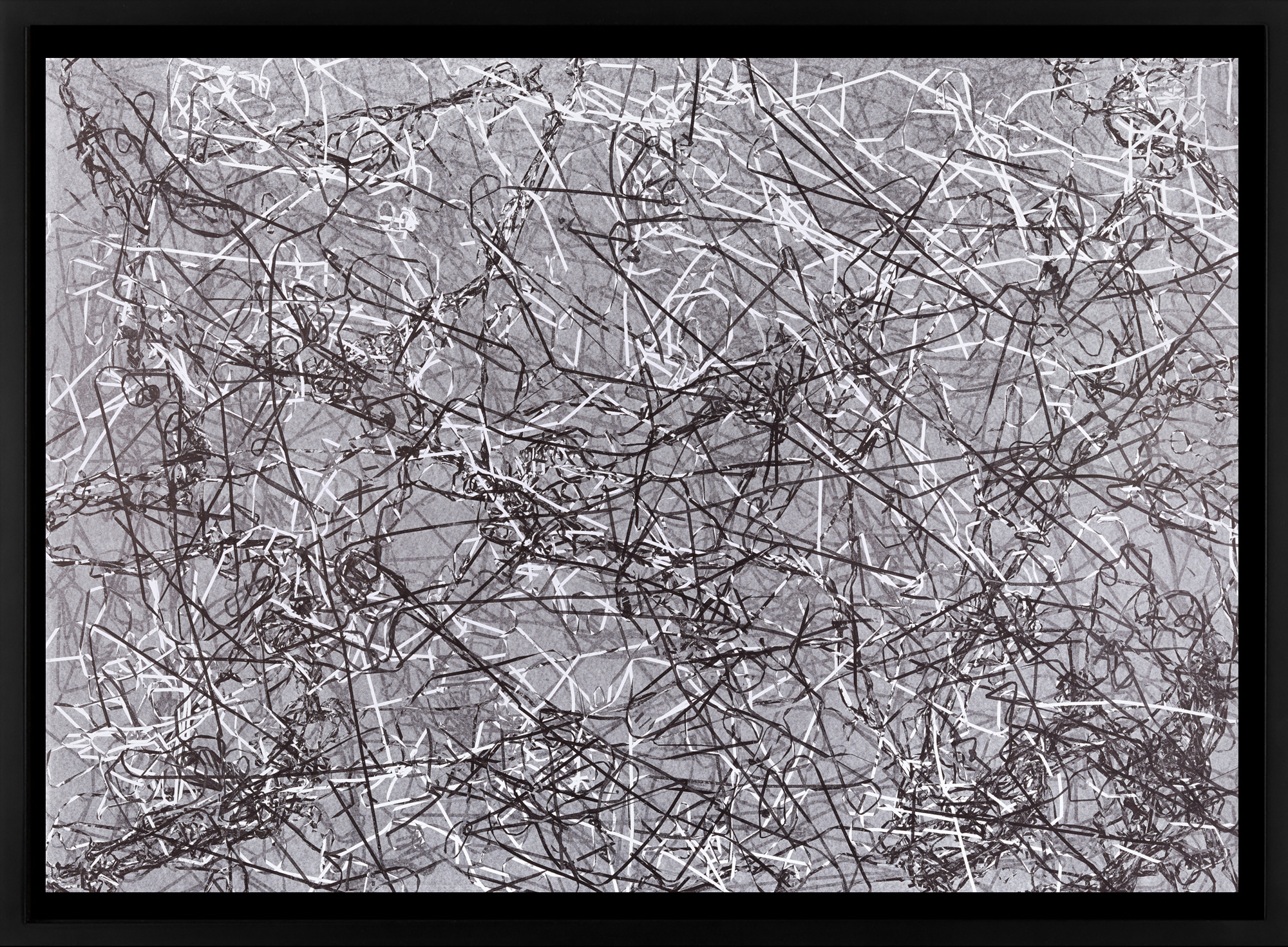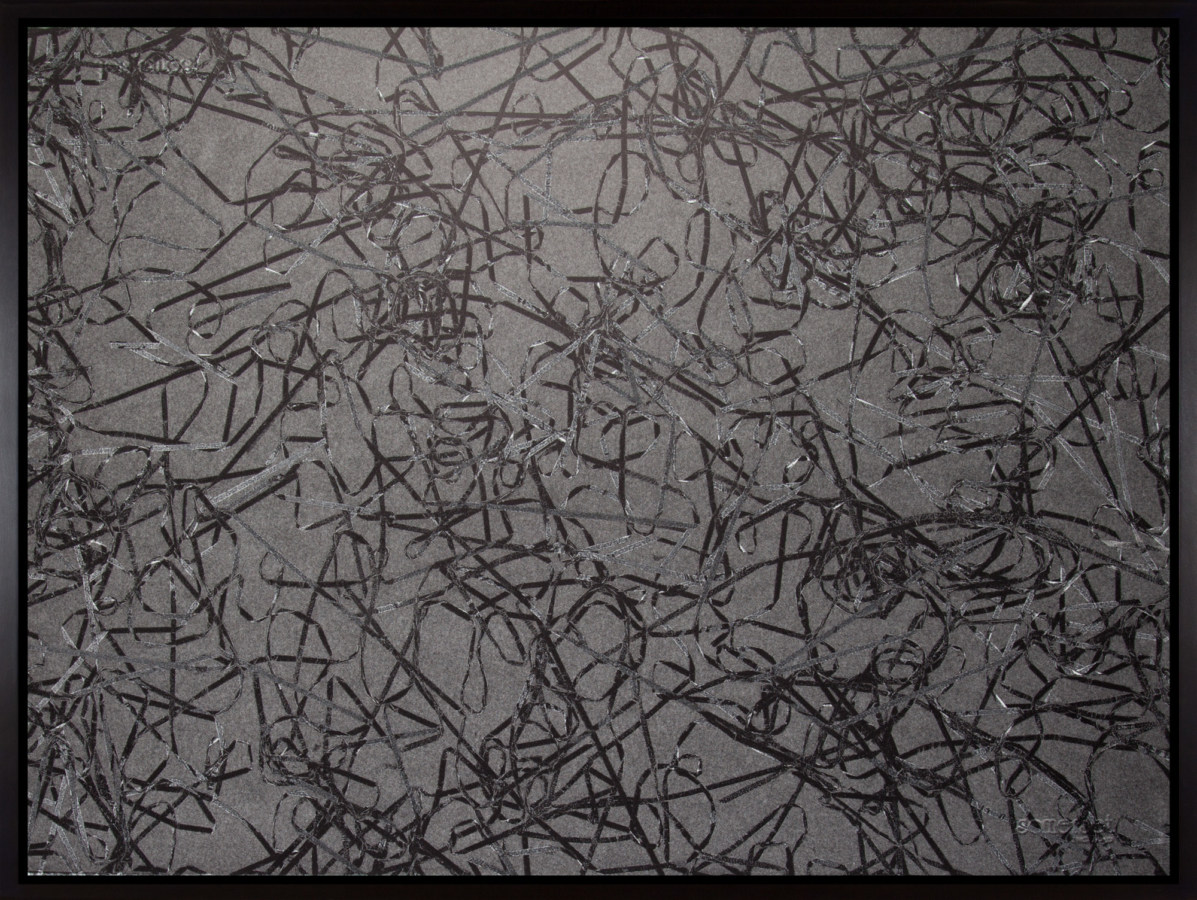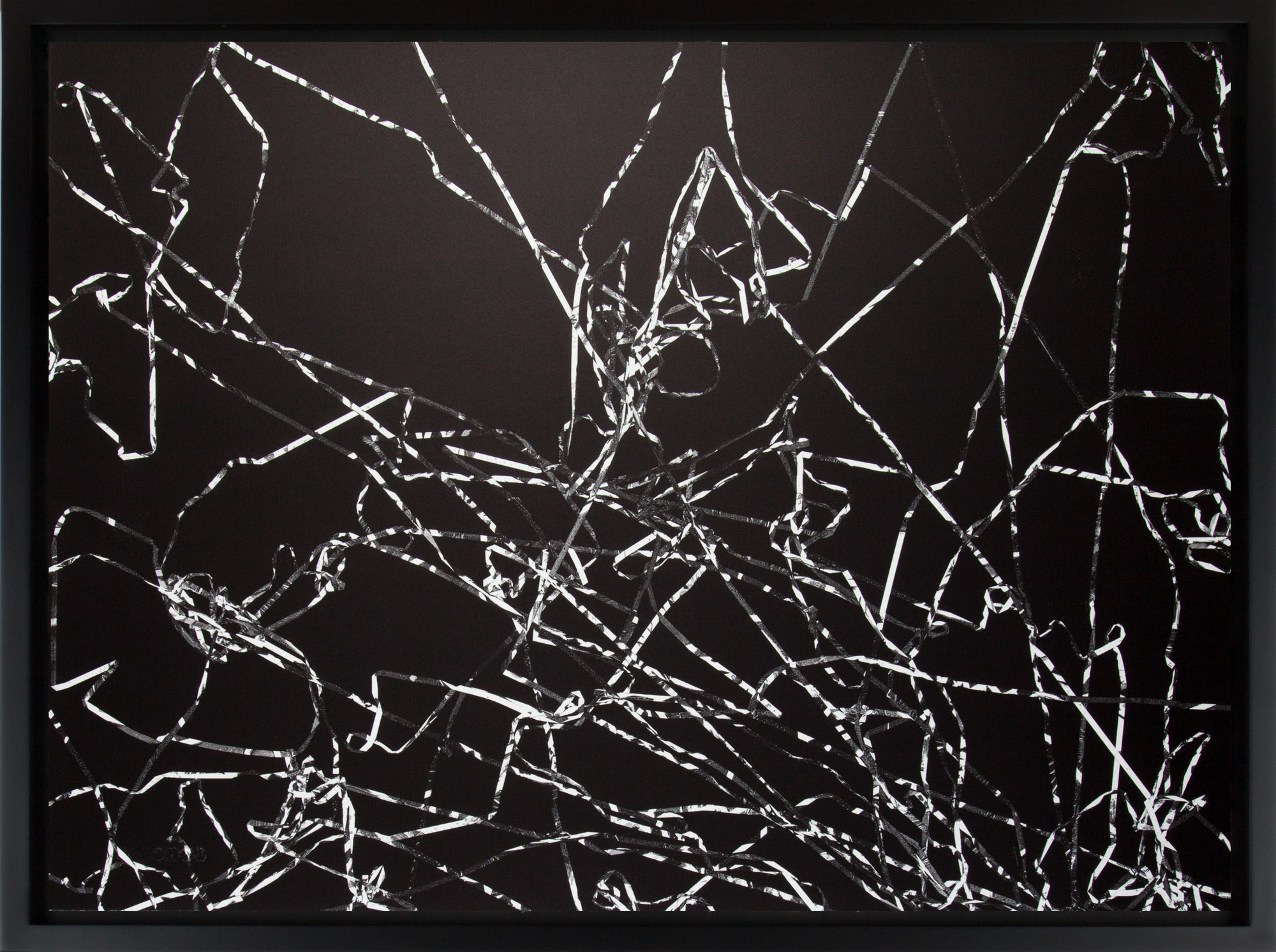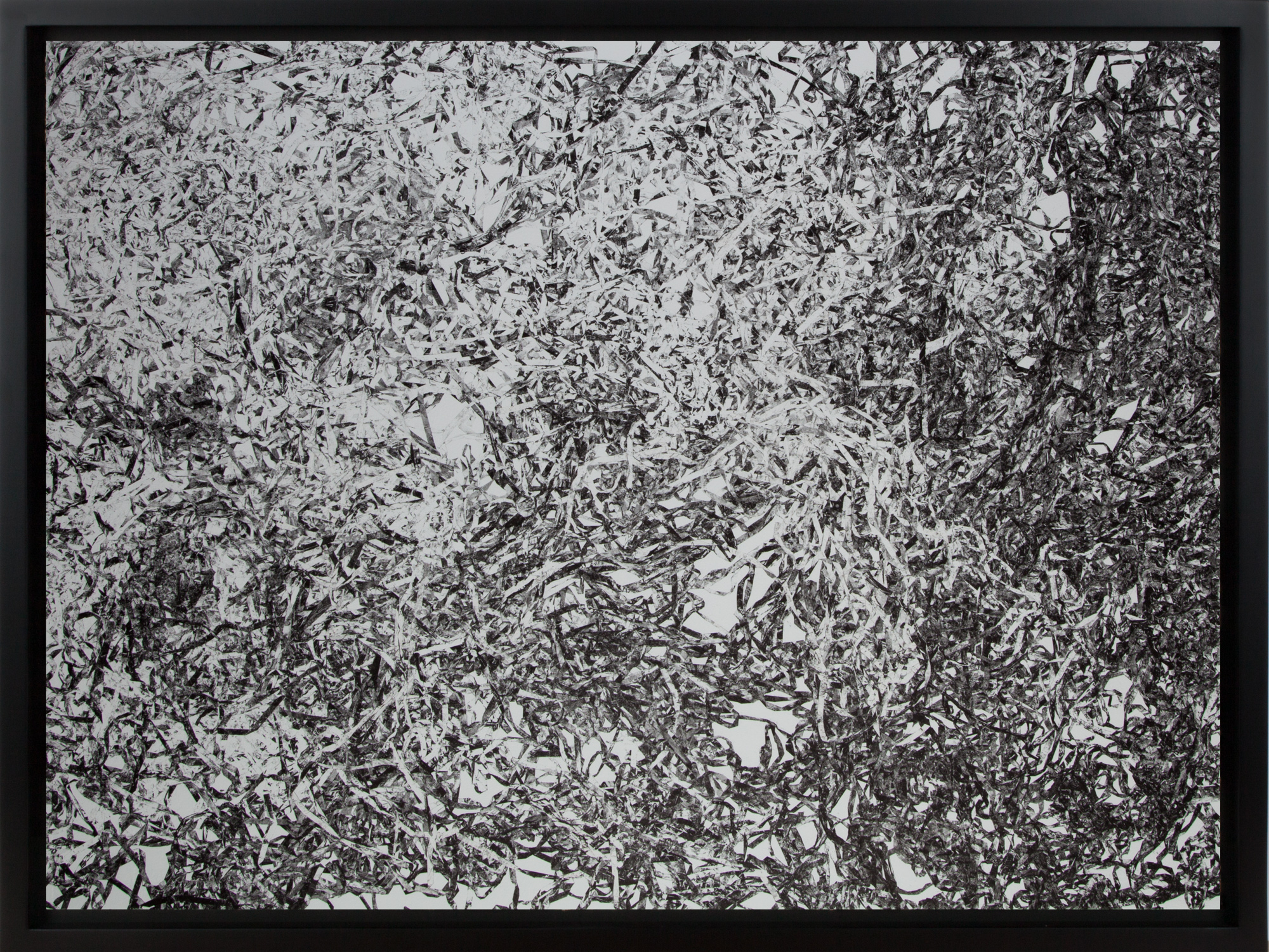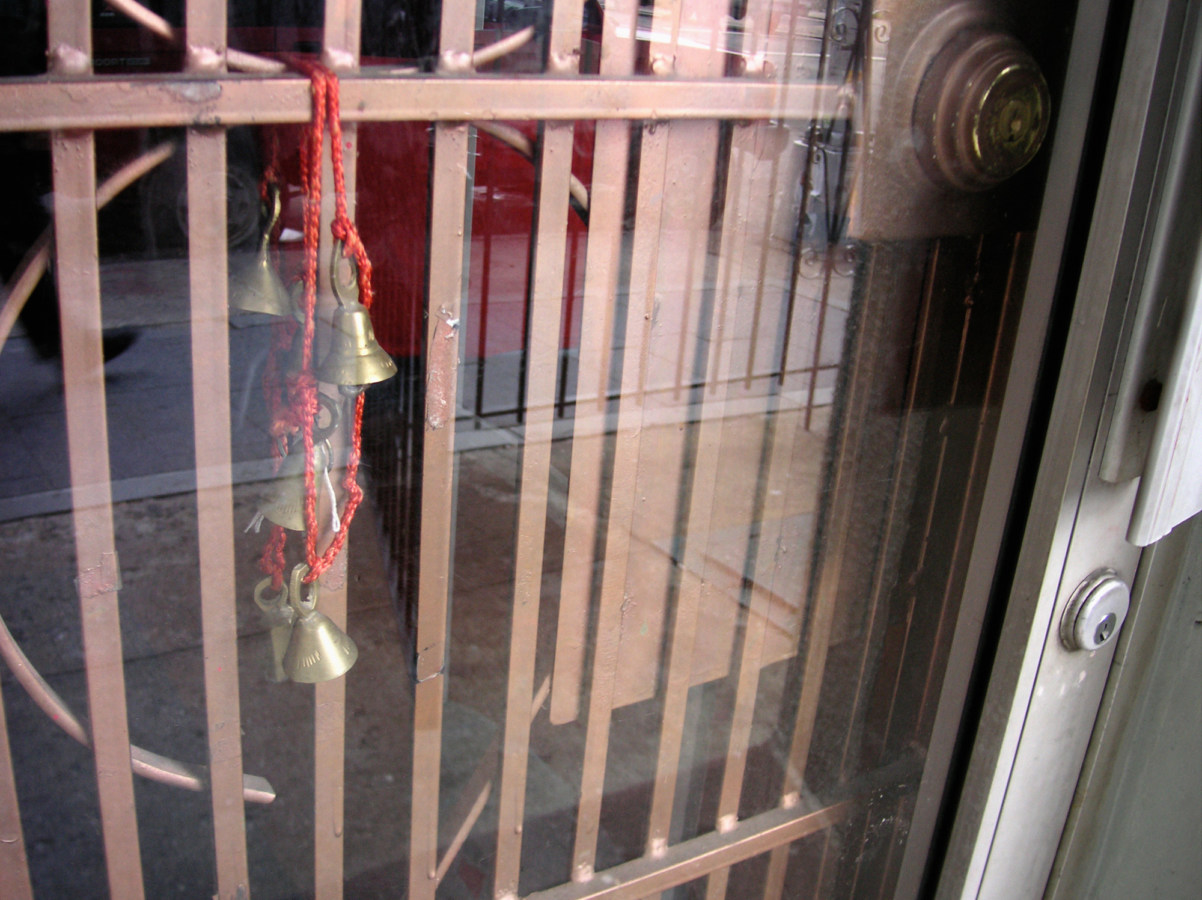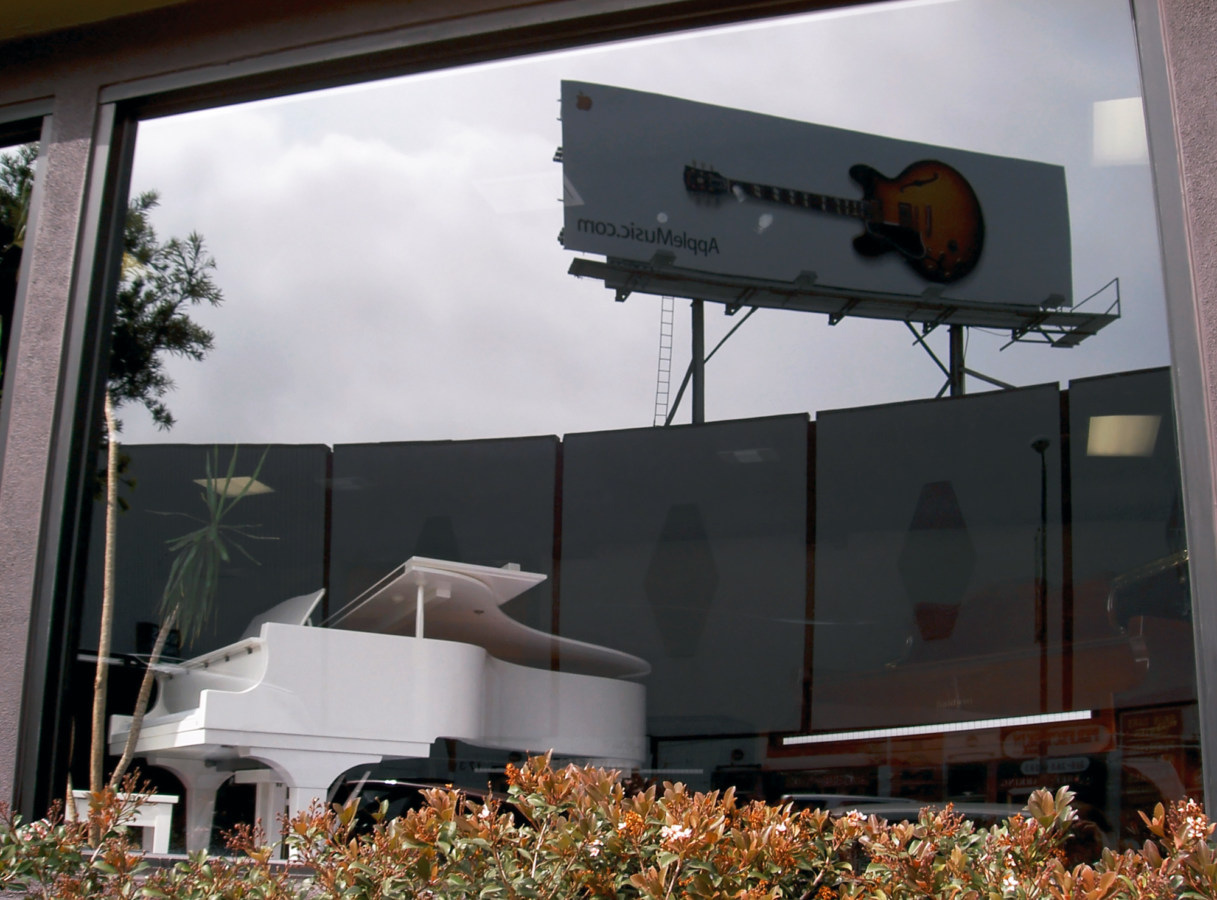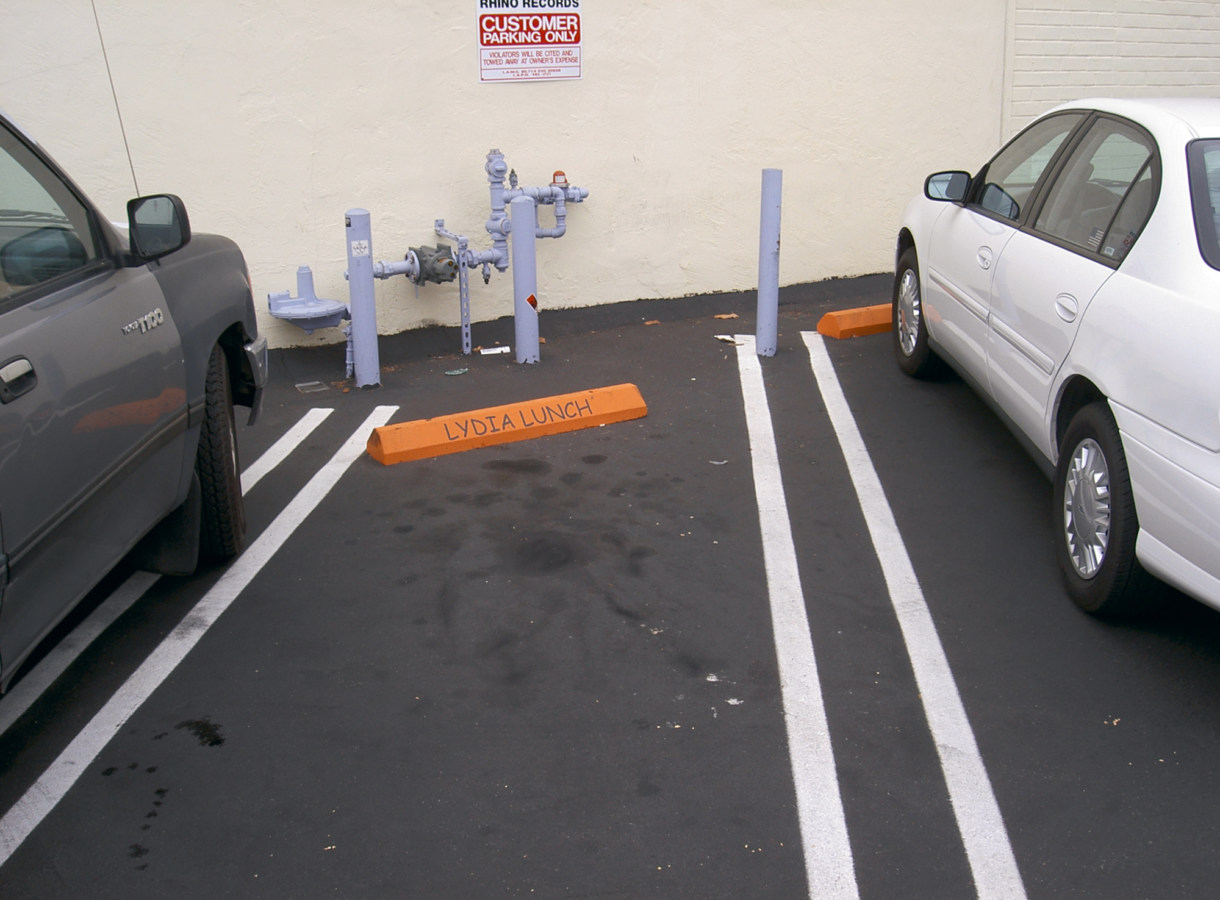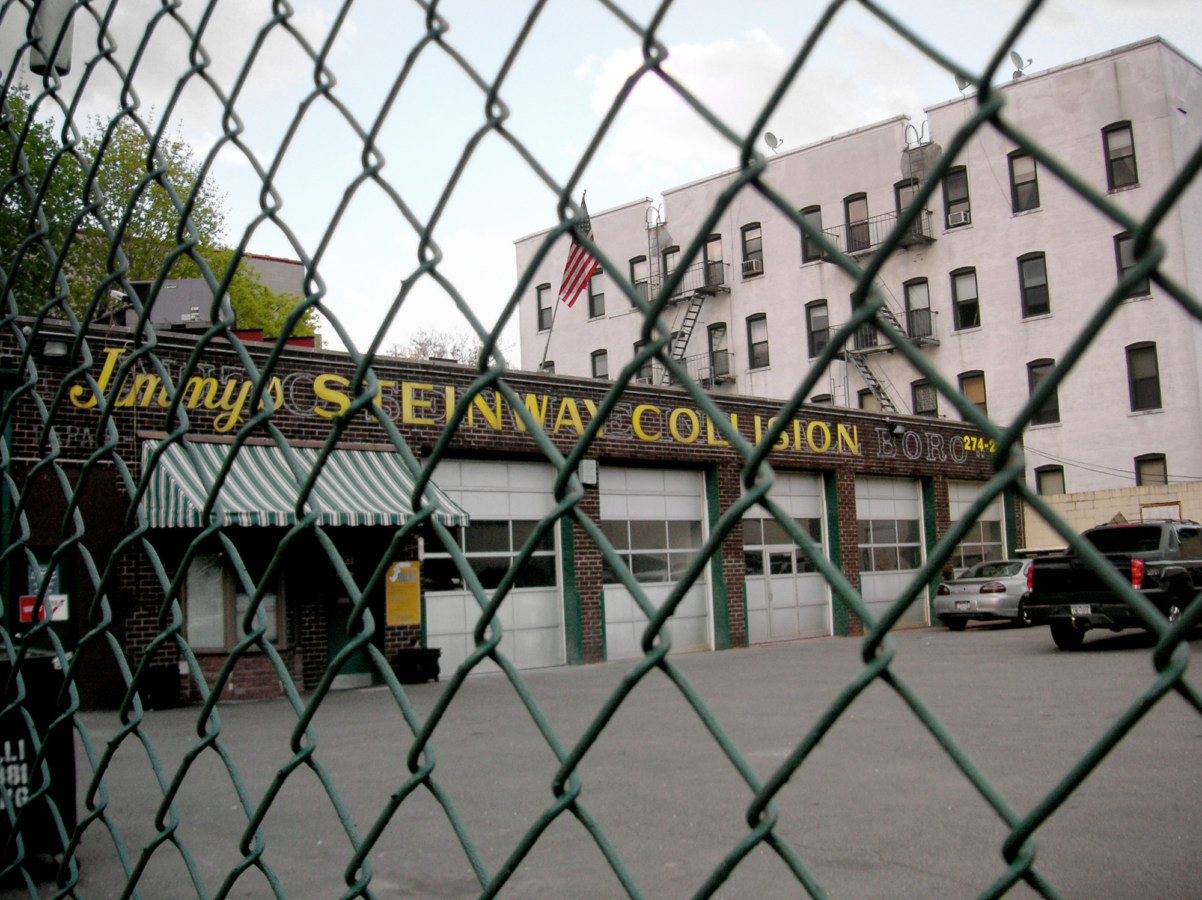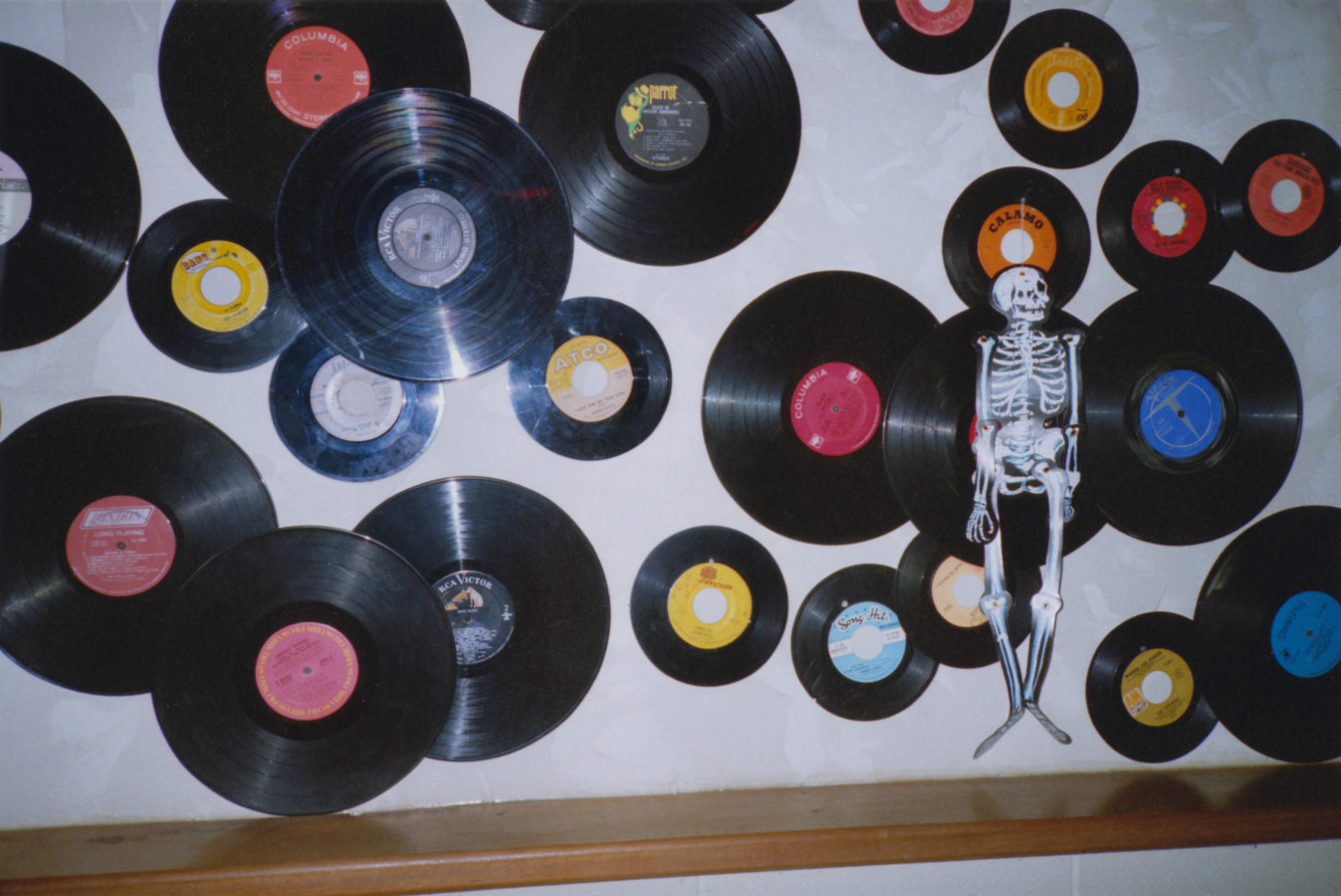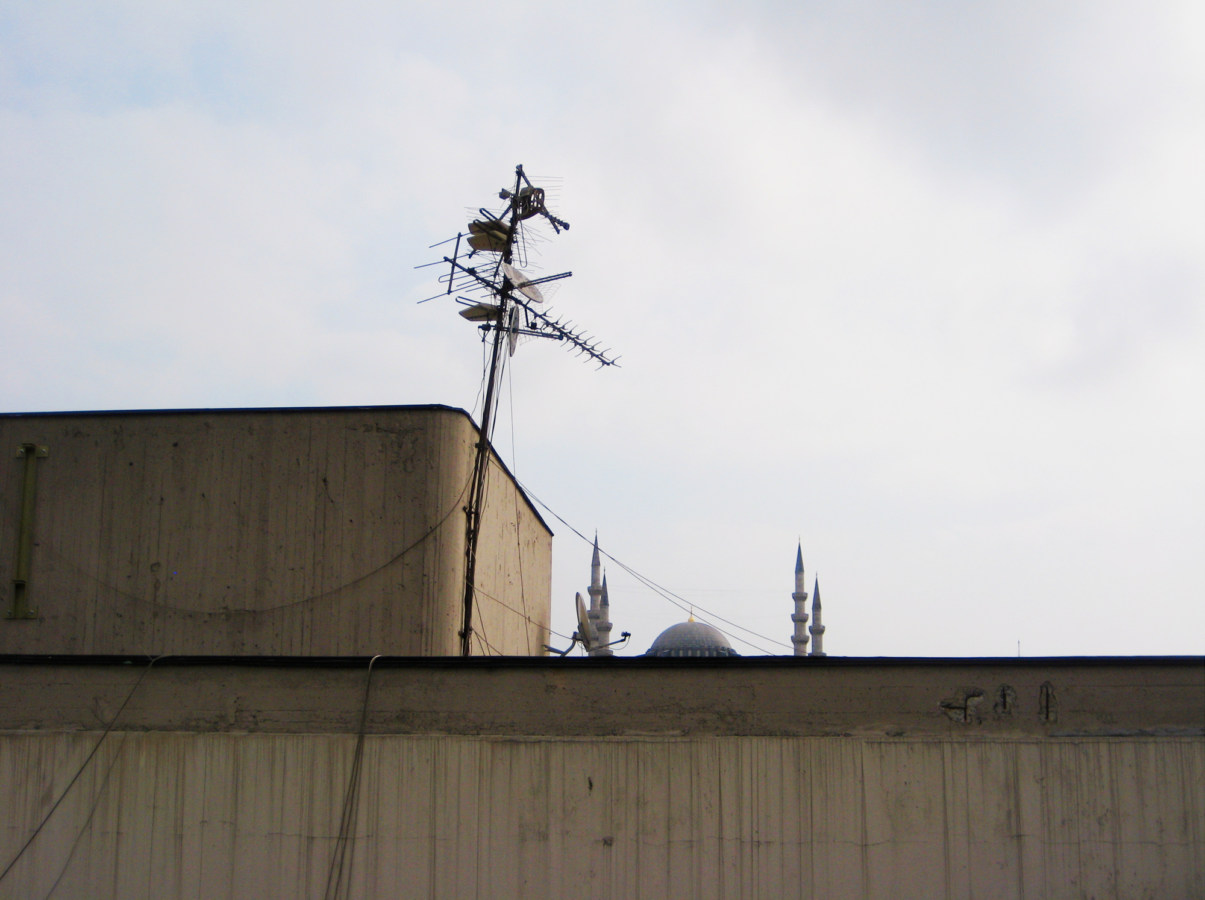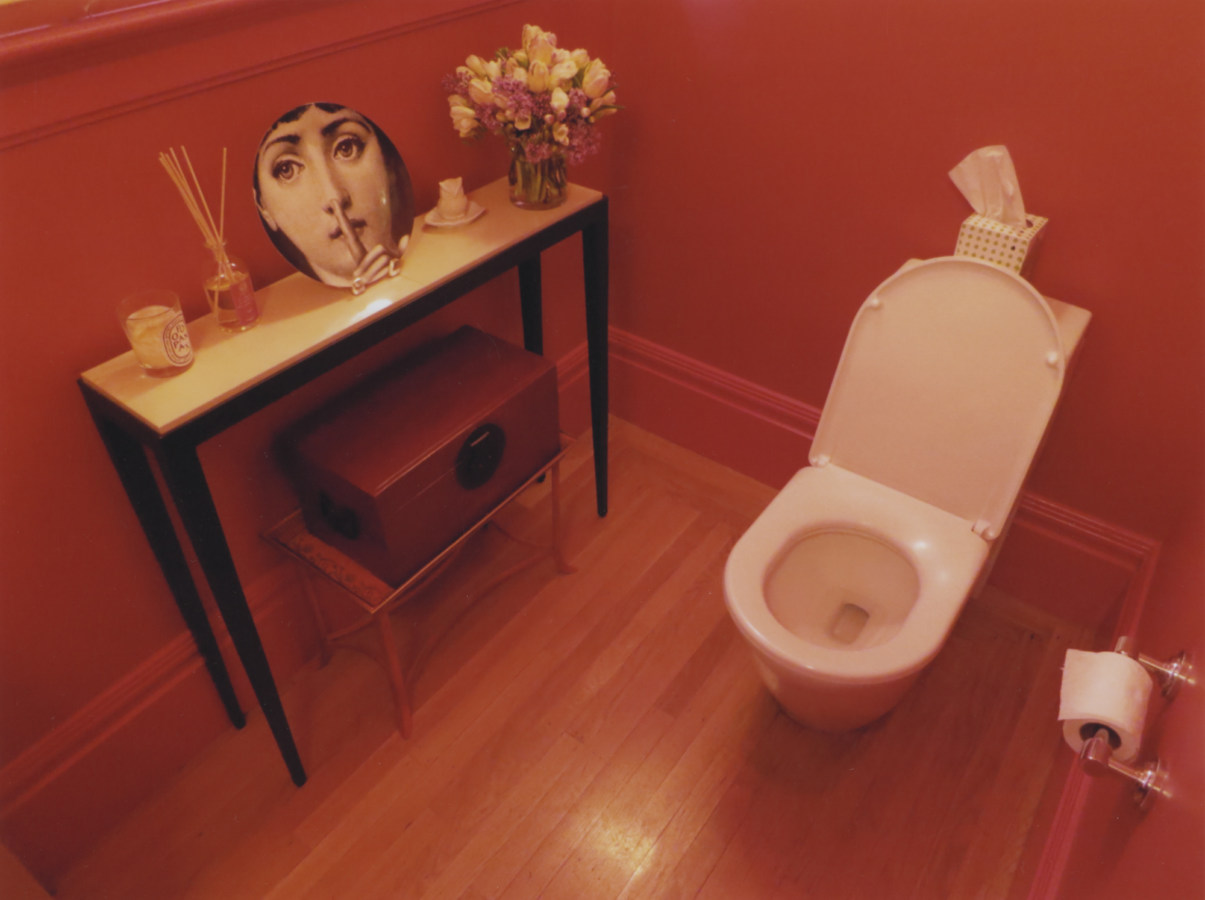Christian Marclay is a London-based visual artist and composer whose innovative work explores the intersection of sound and the visual world. Marclay works in a sampling aesthetic, using fragments from the ephemera of popular culture to create new forms and meanings using audio recording, photography, video, film, printmaking, and collage.
Marclay was born in California and raised in Geneva, Switzerland. He began working with vinyl records in 1979, while a student at the Massachusetts College of Art in Boston. As a performer he used turntables and other elements in unexpected ways, experimenting with sound in the context of conceptual art—he named the group he played with The Bachelors, Even, in homage to Marcel Duchamp. Around the same time, he began incorporating records into visual art. In Recycled Records, 1980–1986, slices cut from vinyl discs are assembled into objects that play strange new sounds. The series pushed against the idea of the record as a mass produced object and instead created something unique and unpredictable. In Body Mix, 1991–92, Marclay focuses on the cardboard sleeves in which records are packaged, stitching together album covers to blend music from different genres and eras, from high and low culture. In many, a human figure is constructed from various parts, in arrangements that recall the Surrealist game Exquisite Corpse—or “rock ‘n’ roll Frankensteins,” as Sabine B. Volge called them in Artforum. “Marclay’s oeuvre marks the location of a third factor between music and art, a site on which conventional uses of the record medium may be circumvented and new systems of relationships become possible,” Volge noted.
Marclay has also focused on the cassette tape, working with the plastic cases and magnetized ribbons to create cyanotype photograms and monoprints—reproductive processes that each produce one-of-a-kind images. Marclay often unspools the ribbons, using them to “draw” whorls of overlapping lines that trace the physical form of recorded sound, sometimes suggesting Abstract Expressionist paintings in their scale and composition. For his series Cassette Tape Duplication, Marclay placed unfurled, inked cassette tape directly onto paper and passed them through a litho press in different sequences, making copies using an audio format that famously allowed for re-recording.
For more than twenty years, Marclay has created work that draws from cinema, editing sounds and images from a range of Hollywood films and other sources into surprising new creations. One of his earliest, Video Quartet, 2002, compiles scenes that show actors making sounds or playing instruments. His acclaimed installation The Clock, 2010, edits together thousands of film and television clips that reference time to create a 24-hour video. Synched to the local time where the piece is shown, The Clock serves as a functional timepiece as well as a journey through cinematic history. For Doors, 2022, Marclay spent ten years collecting film clips in which a door opens or closes. Edited together, actors walk through a door to enter another space, and transition from one film to another. The resulting montage suggests labyrinthine wandering through a space in which characters get lost and find themselves again. “The door is of course very symbolic, but I see it more as sculptural,” Marclay has said about the piece. “My video is a sort of mental architecture that the viewer might or might not follow and get lost in.”
Marclay’s practice has continued to draw from a wide range of source materials. He has made videos that incorporate his own photographs, such as a series that features images of street detritus made during daily walks through London. Edited together, his photographs become a frenetic, flickering sequence that recalls flip-books, early cinema, and nineteenth century animation devices. Fire, a 2020 video animation, uses pieces cut from comic books to create the illusion of a fiery mosaic in motion. For more than a decade, Marclay has worked with comic books and Japanese manga, focusing on the depiction of words that illustrate their sonic counterparts. No!, 2019, conceived as a graphic score for a solo voice, presents a set of collages made from comic book fragments. In connection with Fraenkel Gallery’s 2021 exhibition of Marclay’s work, experimental vocalist Elaine Mitchener performed the score. Marclay has collaborated with musicians including John Zorn, Elliott Sharp, Fred Frith, Zeena Parkins, Shelley Hirsch, Christian Wolff, Butch Morris, Otomo Yoshihide, Arto Lindsay, and Sonic Youth among many others.
Marclay’s work has been featured in recent major one-person exhibitions at Centre Pompidou, Paris; Museum of Contemporary Art, Tokyo; Museu d’Art Contemporani de Barcelona; and the Los Angeles County Museum of Art. Solo exhibitions include shows at Kunsthaus, Zurich; Museum of Contemporary Art, Chicago; San Francisco Museum of Modern Art; and the Whitney Museum of American Art, New York, among other institutions. His work is in the collection of Centre Pompidou, Paris; Kunsthalle Zurich; Museum of Modern Art, New York; Musée d’Art Contemporain, Montreal; Philadelphia Museum of Art; San Francisco Museum of Modern Art; Tate Modern, London; and the Walker Art Center, Minneapolis, among others. In 2011, Marclay received the Golden Lion award for best artist at the 54th Venice Biennale for The Clock.















